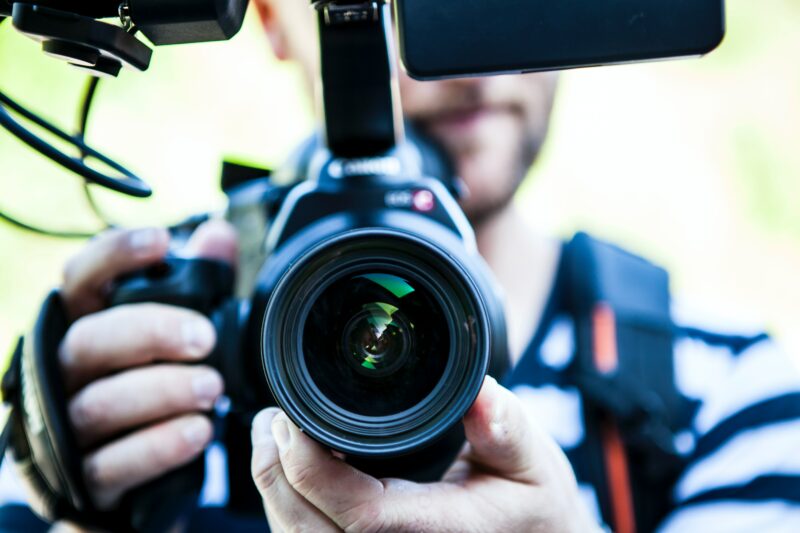5 tips to engage the media confidently and effectively
Our in-house journalists share five tips to help get the most out of working with the media that focus on confidence and safely.
But it can also be super intimidating – especially when you’re sharing a personal story, are talking about something that’s really important to you, or you’re representing an organisation or your community.
Here are five top tips to help get the most out of working with the media that prioritise your confidence and safety. Izzy Tolhurst, FYA’s in-house journalist, recently ran two national media workshops. These are some of the highlights on how you can effectively engage the media.
1 How to frame your story to capture a journalist’s attention
“Journalists are often overwhelmed by choice when it comes to telling stories. A huge part of getting your story in the media is first capturing a journalist’s interest with a strong pitch.
So what criteria will journalists use to decide whether they want to cover a story? Consider the acronym TRUTH, to ensure that yours is a must-tell story for a journalist and their publication.”
Timely – Timing is everything! The news cycle moves fast and if you’re not current or in the moment, it’s less likely your story will be considered
Relevant – Why is the story relevant and interesting not just to you, but others, and importantly, the audience of the publication you want to engage?
Unusual – What makes your story unique? What part of it is new and hasn’t been told or shared with audiences before?
Tension – Who or what is there tension between? Playing up the tension and drama of a story adds to its newsworthiness.
Human interest – This is the ‘who’. The key players! The people impacted by policy change, or global warming, and where lived experience comes into play.
2 Building relationships with journalists, producers and reporters
“This sounds obvious, but it’s important to build strong relationships with people in the media even if you’re not actively pitching a campaign or story to them.
Building allies in the media will give journalists and producers a sense of who you are and the work you do, and get them familiar with the organisations you’re connected to. If you’re connected to young people or communities who are open to chatting to the media, let journalists know this.
Twitter is a great resource for this! It’s a great tool for getting to know the journalists and producers working at various publications, and beats or issue areas they’re focused on. It’s also updated regularly.
3 Pitching your story
“The pitch is an email or call to a journalist, producer, or editor to share the story you are trying to get quoted, featured, mentioned or highlighted in their publication.”
A good pitch answers these questions straight away:
BONUS: If possible, share your pitch with the media on Tuesday, Wednesday, or Thursday of any given week. This avoids emails getting lost in the chaos of Mondays and Fridays, and ensures it won’t get lost as full time staff sign off for the week and handover to those on the weekend roster.
4 Knowing your rights and boundaries before an interview
“Whether you’ve pitched the story or been approached for comment, before doing any media interviews it’s good to know your rights as well as the key messages you want to share.”
Upfront it’s really important for young people to know that they alone are the owners of their stories. You never have to tell your story if you don’t want to. It’s important to remember this and understand that even if you’ve started sharing your story with the media, you can opt out of anything that makes you feel uncomfortable, unsafe or disrespected.”
Here are some things to keep in mind about your rights. You can:
5 After the interview
“After the interview and story are complete it’s important to reflect on whether the media coverage did what you intended it to do, and how you felt about the experience itself.
“By reviewing any practices, process or behaviours that worked or didn’t work and understanding what went wrong – you can set yourself up for success next time around, and provide journalists with feedback if needed.”
Do this in a time frame that works for you, and by engaging those people you know will support you through reflective practice. For example, you may like to listen back to a radio interview with your family in the room, or you might prefer to do this privately.
In addition to the above tips, the Youth Media Centre team has created a nifty pre-interview checklist that you can download and share with young changemakers in your network.
